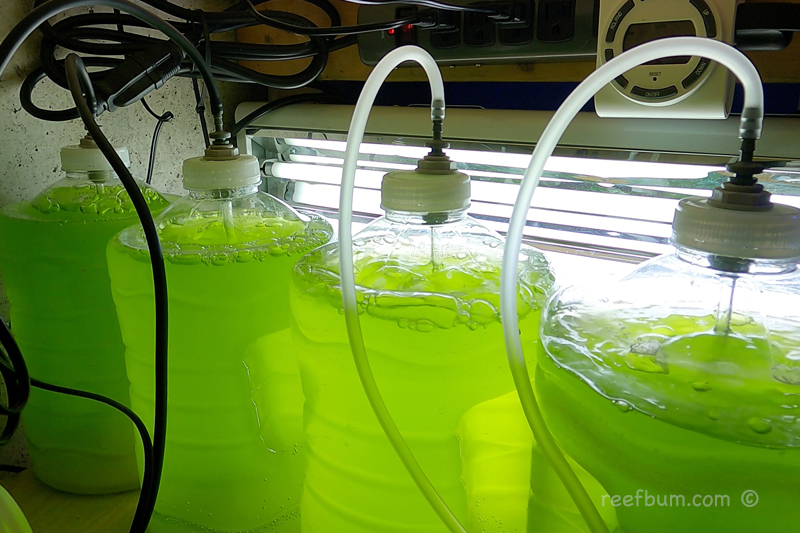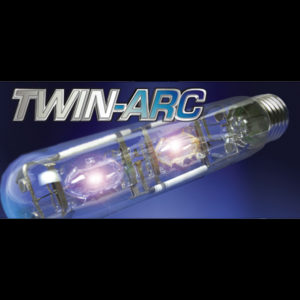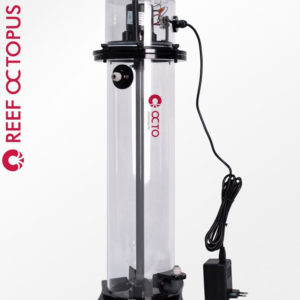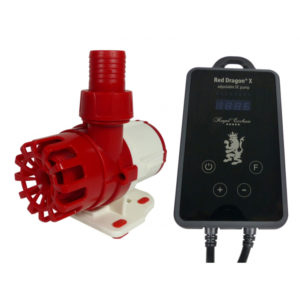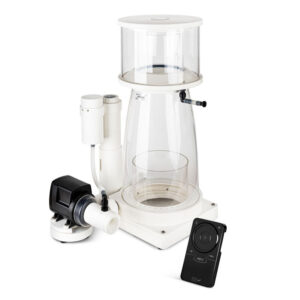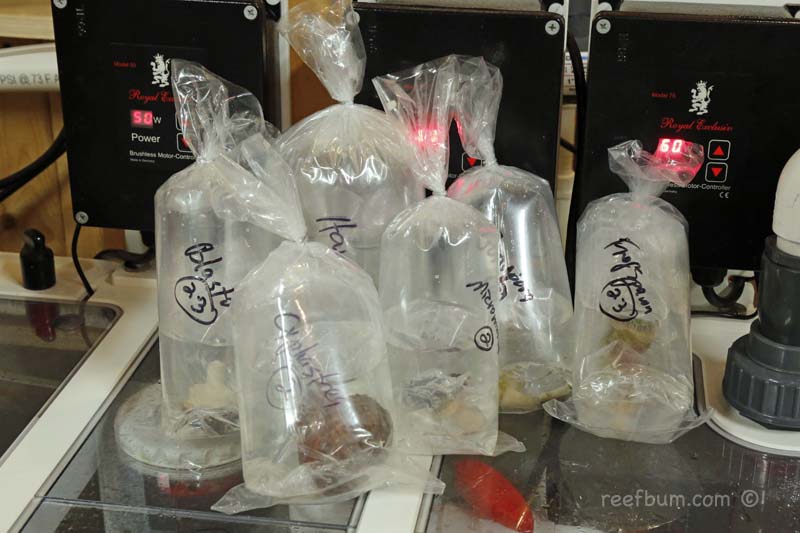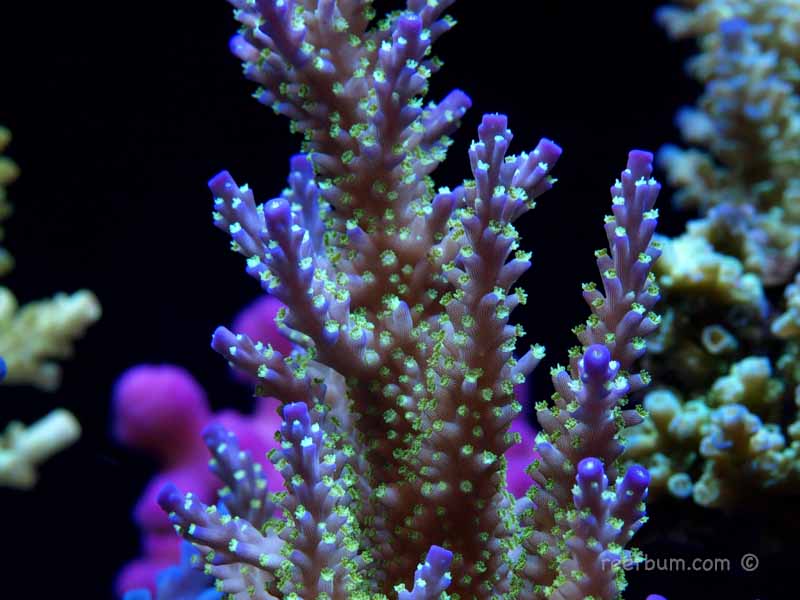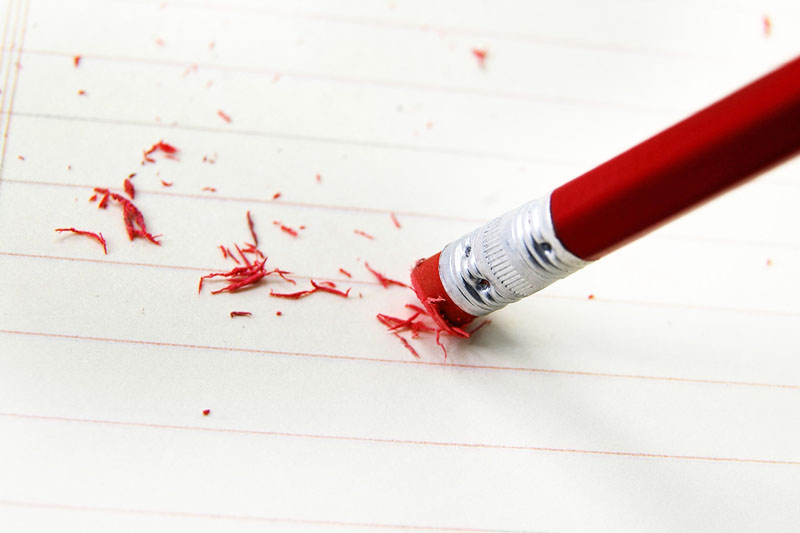Why raise live phyto? Well, they are an important part of the food chain in a reef tank. Phytoplankton is a small, photosynthetic, micro-algae that takes in nutrients and carbon dioxide to create fatty acids that are very important for all organisms in the tank. Phyto is consumed by filter feeders and copepods, which can pass the fatty acids on to fish that consume the pods. A big plus is the fact that corals will also consume phyto. Side benefits are the reduction of nitrates and phosphates and a higher PH.
The Basic Setup
What are the steps for setting up live phyto cultures? You essentially need to provide a clean environment for the phytoplankton to grow, some air to keep the water moving and oxygenated, a light source, some food, and a starter culture.
For growing containers you can use some one gallon transparent bottles. Target has some distilled water bottles that are perfect to raise phyto. Poland Spring sells some water containers that seem to be just as good as the Target containers, but they are a bit smaller. I ended up using four Poland Spring bottles.
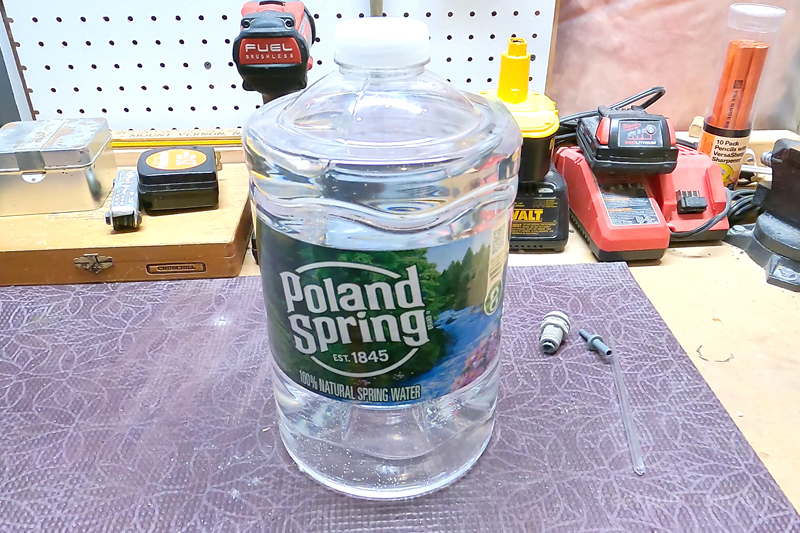
The dilution factor for creating a phyto culture is one to one so you will want to fill one half of the container with a phyto culture and the other half with freshly mixed saltwater. Don’t use established tank water since it will contain bacteria that can contaminate the culture.
The Poland Spring containers can hold about one hundred ounces of liquid so I mixed fifty ounces of phyto culture with fifty ounces of fresh saltwater inside each container. The specific gravity of the saltwater to add to the culture should be 1.020 but going up to 1.026 is fine.
Feeding the Cultures
The other thing you will need to add to each container is some fertilizer to feed the phyto. Buy a small bottle since it is not good for it to sit around for a while. After six months it can lose its potency or go bad. I used this fertilizer from Amazon. The fertilizer should be stored in a cool and dry place, not a refrigerator.
1 milliliter of fertilizer should be used for one gallon of phyto. You can use a 1 milliliter syringe, I use one from a Salifert test kit, to measure out the fertilizer. Just make sure you sanitize the syringe after each use by rinsing it with some tap water and then with some hydrogen peroxide.
Inside each container I connected one quarter inch rigid airline tubing to a one quarter inch John Guest bulkhead union, which I inserted through a hole I drilled in the cap of the bottle. A one quarter inch John Guest Stem Barb Connector was connected to the top of the bulkhead to accommodate the one quarter inch flexible tubing that runs to the air pump.
Aeration
I use two air pumps, one pump each for two bottles of phyto. Make sure you drill one small hole in the bottle cap to vent out the air being forced into the bottle. Don’t use an air stone at the end of the rigid tubing.
As for lighting, any cheap T5 fixture with horticulture bulbs will do. I picked up a fixture from Amazon that is twenty four inches long and has four twenty four watt bulbs. It is perfect for lighting up four bottles of phyto. I turned the fixture on its side to maximize the amount of light illuminating the containers, which are about five to six inches away. The light stays on for twelve hours a day.

The culture should be grown for one week and then stored in a refrigerator, where it can last for up to a month. The temperature in the room where the cultures are being grown should be between seventy to eighty degrees Fahrenheit. The culture will not grow as fast if it is too cold.
Keep Things Clean
You can reuse the bottles to grow new cultures but they need to be sanitized. Clean them with approximately hundred milliliters of hydrogen peroxide. Cover the cap of the bottle and shake it for a minute so that the hydrogen peroxide can coat the inside of the bottle. Let it stand for a minute or two and then empty the container.
Hydrogen peroxide will rapidly degrade to water and oxygen so you can use the bottle after that. Take the rigid airline tubing out and rinse it separately with water and then with hydrogen peroxide.
How Much to Dose
In terms of how much Phyto to add to a tank, you can start by dosing one ounce of phyto for every fifty gallons of system water. Include the sump in your calculations.
The dosage is just an estimate, more or less is no big deal. You can go up to two ounces per twenty-five gallons of system water. Consumption of the phyto will depend on how well the tank is stocked with corals. There is no harm to over dose. If you see green dust growing on the tank walls, then you can back down a little.
If you have a UV sterilizer make sure you shut it off for an hour after dosing phyto. It will also help to shut off the skimmer. The best time to dose is when the polyps on LPS, SPS and softies are out the most so any time after the lights are out during the evening or morning.
Additional Resources
If you would like some help with a new tank build, including help designing a custom aquarium, or help re-configuring your current setup then you can visit this page for more information. And if you are looking to add some equipment, I do sell GHL, Pax Bellum, Reef Octopus Calcium and Kalk Reactors and Royal Exclusiv products, including Dreamboxes, which is the equipment I use and recommend. I also sell Reef Brite metal halide and LED fixtures as well as Maxspect & IceCap Gyres.
As for additional insights and information, please explore my many other reef tank and SPS related articles as well as my YouTube channel. For an even deeper dive into reef tank care you can check out my Reef Keeping Master Class. This online course is an immersive and one of a kind educational tool designed to help reef aquarium hobbyists build and maintain a beautiful SPS reef tank. The course is a series of video presentations with some supplemental video from my YouTube channel. There are also quizzes to help students retain and understand the information presented in the course.
Need some frags…..I can help with that as well 🙂 Please visit my SPS Frag store to see what is available.

